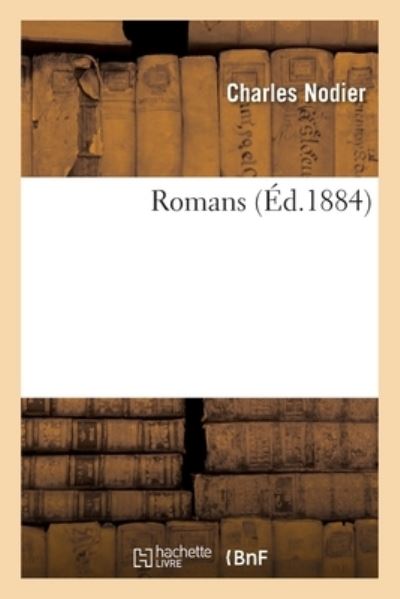
Tell your friends about this item:
Trilby & The Crumb Fairy
Charles Nodier
Trilby & The Crumb Fairy
Charles Nodier
As a child, Charles Nodier had witnessed the guillotine in bloody action in Revolutionary France. Decades before Freud, the knowledge that nightmares could come to life made him sensitive to the irrational as an important part of experience. Rebelling against the devotion to Classical Reason hailed in 18th century France as the best way to think about any topic, Nodier championed Romanticism and Fantasy as a way to look at experiences demanding more intuitive understanding, such as beauty, terror, or love. The hell-demon Smarra (1821) was only a nightmare, the menace of a single night for the dreamer Lorenzo. But for Lucius, the ancient Greek wanderer lost inside the dream, Smarra brought literal death and a rebirth into terror. Jeannie thought the brownie Trilby (1822) was a gentle trickster, a help in the household chores. The pious monk Ronald thought a brownie was a demon, opening the way to damnation. Love might give Jeannie the courage to stand by her puckish admirer. Only Michael the Carpenter was foolish enough to believe that The Crumb Fairy (1832), the little old beggarwoman fed from the crumbs of the children's lunches was really the beautiful Queen of Sheba. But was his folly really madness - or wisdom? Ruth Berman's translations of French fantasy have been published by Aqueduct Press, Tales of the Unanticipated, Fantasy Macabre, and Space and Time. Her novel Bradamant's Quest was published by FTL Publications.
296 pages
| Media | Books Paperback Book (Book with soft cover and glued back) |
| Released | October 31, 2015 |
| ISBN13 | 9781612274553 |
| Publishers | Hollywood Comics |
| Pages | 296 |
| Dimensions | 229 × 151 × 20 mm · 448 g |
| Language | English |
More by Charles Nodier
See all of Charles Nodier ( e.g. Paperback Book , Book and Hardcover Book )

 Christmas presents can be returned until 31 January
Christmas presents can be returned until 31 January

































